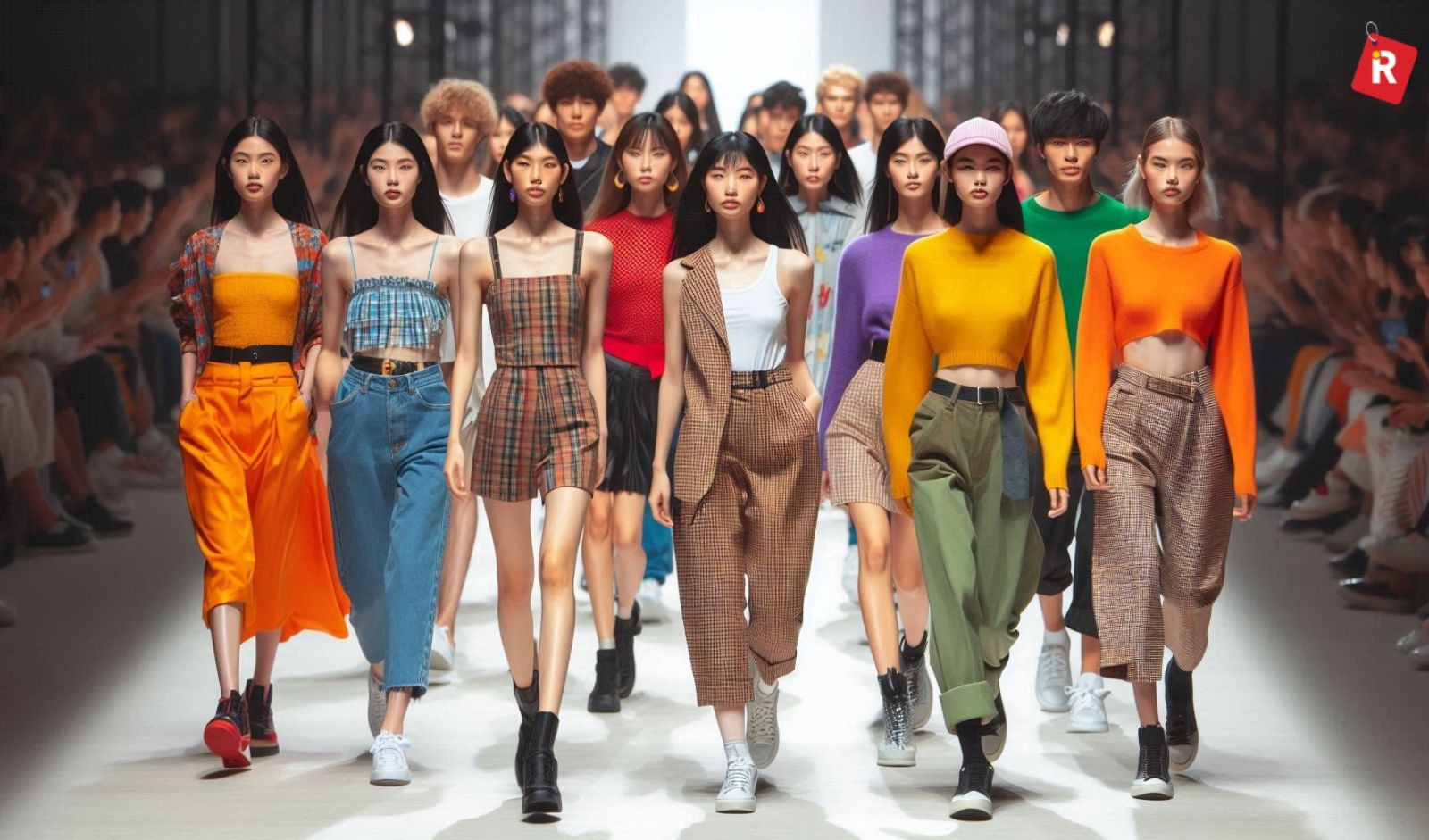By 2025, sustainable fashion is set to become the new standard rather than a niche market. Consumers are increasingly aware of the environmental impact of their clothing choices, driving a significant shift in the fashion industry.
Circular fashion models are gaining traction, with more brands adopting take-back programs and designing clothes for longevity and recyclability. Advanced recycling technologies are enabling the transformation of old garments into new fibers, reducing waste and resource consumption.
Biotechnology is playing a crucial role in this transformation. Lab-grown leather and other sustainable materials are moving from experimental stages to commercial production. These innovations offer cruelty-free alternatives that closely mimic traditional materials without the environmental drawbacks.
Transparency in supply chains is becoming non-negotiable. Blockchain technology is being widely adopted to track the journey of garments from raw materials to finished products, allowing consumers to make informed choices about their purchases.
The rise of digital fashion is another trend to watch. Virtual clothing for social media and augmented reality experiences is reducing the need for physical garments, especially for special occasions or unique photo opportunities.
Rental and subscription models for clothing are becoming mainstream, catering to consumers who want variety without the guilt of fast fashion. These services are expanding beyond formal wear to include everyday clothing options.
As we approach 2025, expect to see a fashion landscape where sustainability is not just a selling point but a fundamental aspect of design, production, and consumption. The industry is reimagining itself to meet the demands of an environmentally conscious world.





